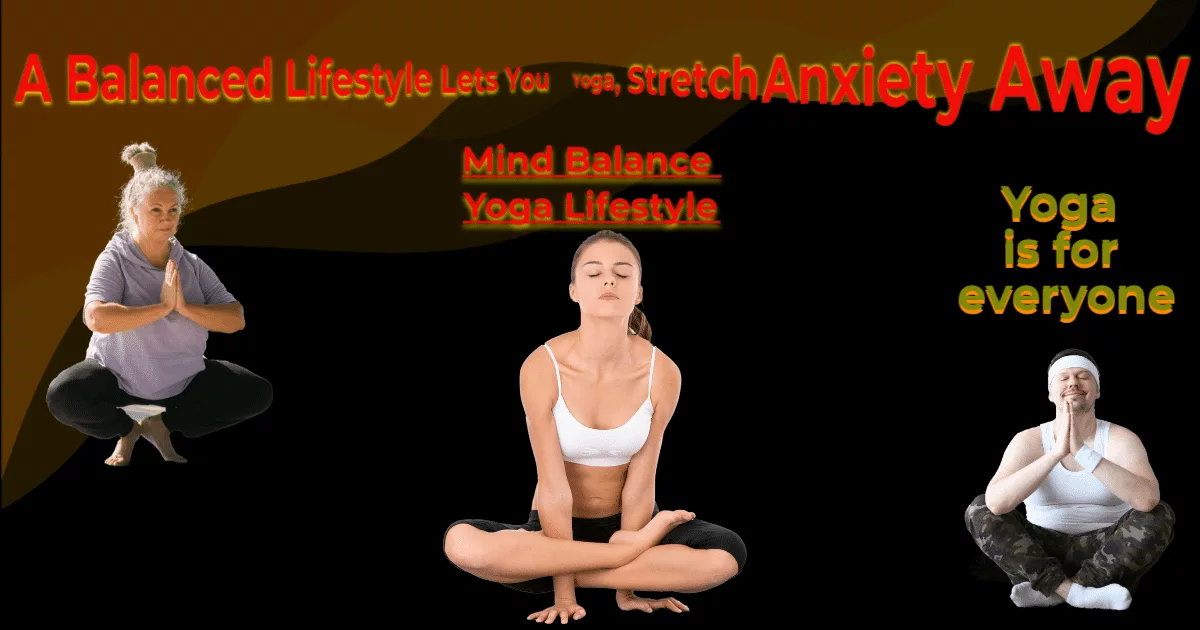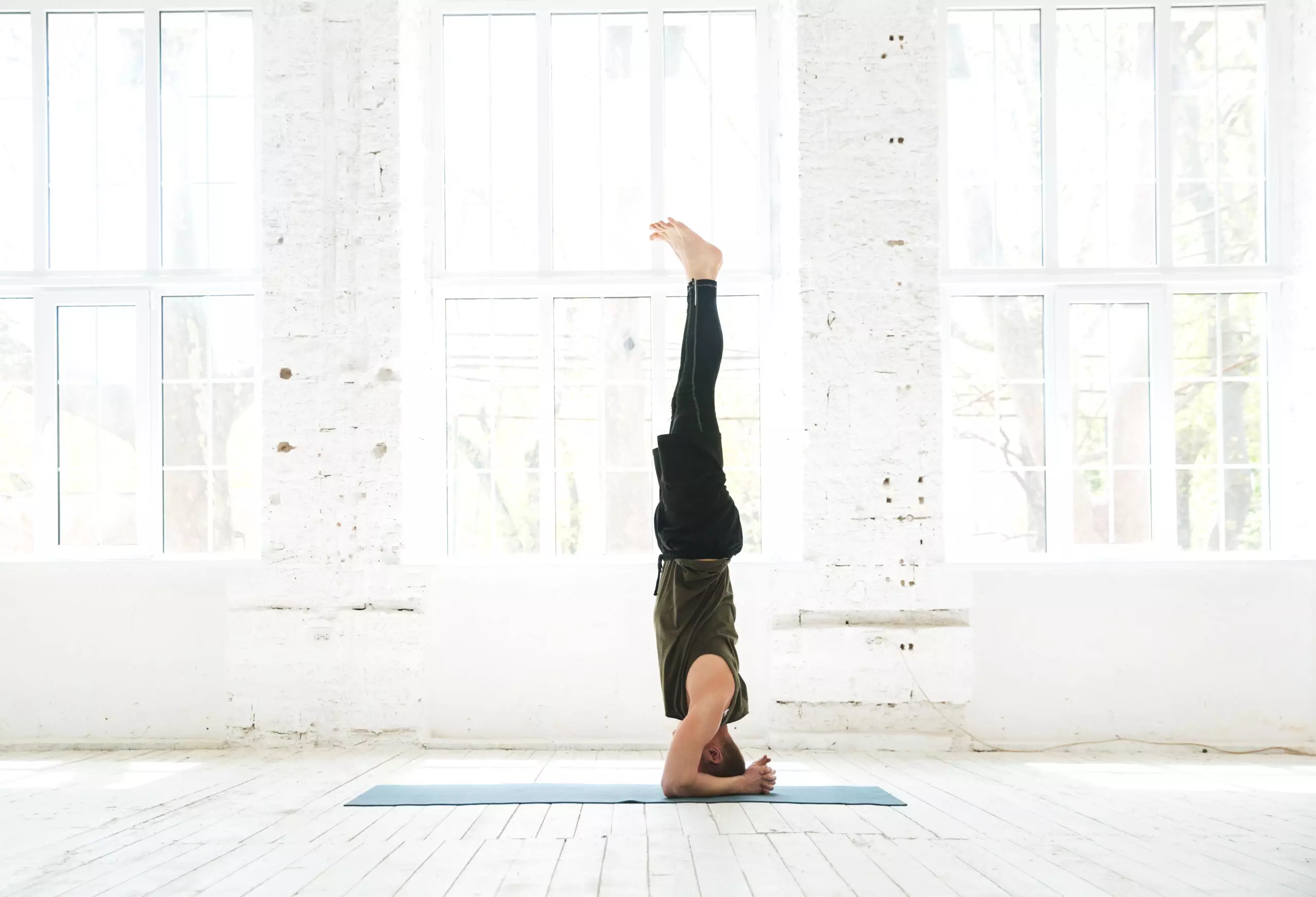Balance Thy Life: Yoga And Meditation Living A Balanced Life
Watch The Part One. Are you feeling overwhelmed with anxiety and stress? Do you find it hard to focus on your daily tasks and enjoy your life? Well, it’s time to take control of your mental health and start living a balanced life!
Living a balanced lifestyle means taking care of your physical, mental, and emotional health. It’s about finding harmony in all aspects of your life, including your diet, work, and exercise routine. When you achieve Balance, you’ll notice a significant improvement in your overall well-being, including reduced anxiety and stress.
One of the most effective ways to reduce anxiety and stress is through yoga and meditation. Yoga is a holistic approach to health that combines physical postures, breathing exercises, and meditation techniques. It’s a great way to quiet your mind and focus on the present moment, which can help alleviate anxiety and stress.
Studies have shown that practicing yoga and meditation on a regular basis can lead to significant reductions in anxiety and stress levels. Yoga helps you connect with your body and breath, which helps calm your nervous system and reduce the production of stress hormones.
In addition, yoga can also help improve your physical health by increasing flexibility, strength, and balance. It’s a great way to stay active and healthy, which can further reduce anxiety and stress.
But, it’s important to remember that a balanced life is not just about practicing yoga and meditation. It’s also about finding balance in your diet, work, and exercise routine. Eating a balanced diet that includes plenty of fruits, vegetables, and whole grains can help fuel your body and mind, while avoiding processed foods and excessive sugar and caffeine can help reduce anxiety.
Finding balance in your work life is also important. Taking breaks throughout the day and avoiding overworking yourself can help reduce stress levels. Adding exercise to your routine, such as going for a walk or practicing yoga, can also help reduce stress and promote overall well-being.
In conclusion, living a balanced life is essential for reducing anxiety and stress. Practicing yoga and meditation is a great way to achieve balance and alleviate anxiety, but it’s important to remember that balance extends to all areas of your life. So, take a step back, evaluate your lifestyle, and start making changes to achieve a more balanced and healthy life.

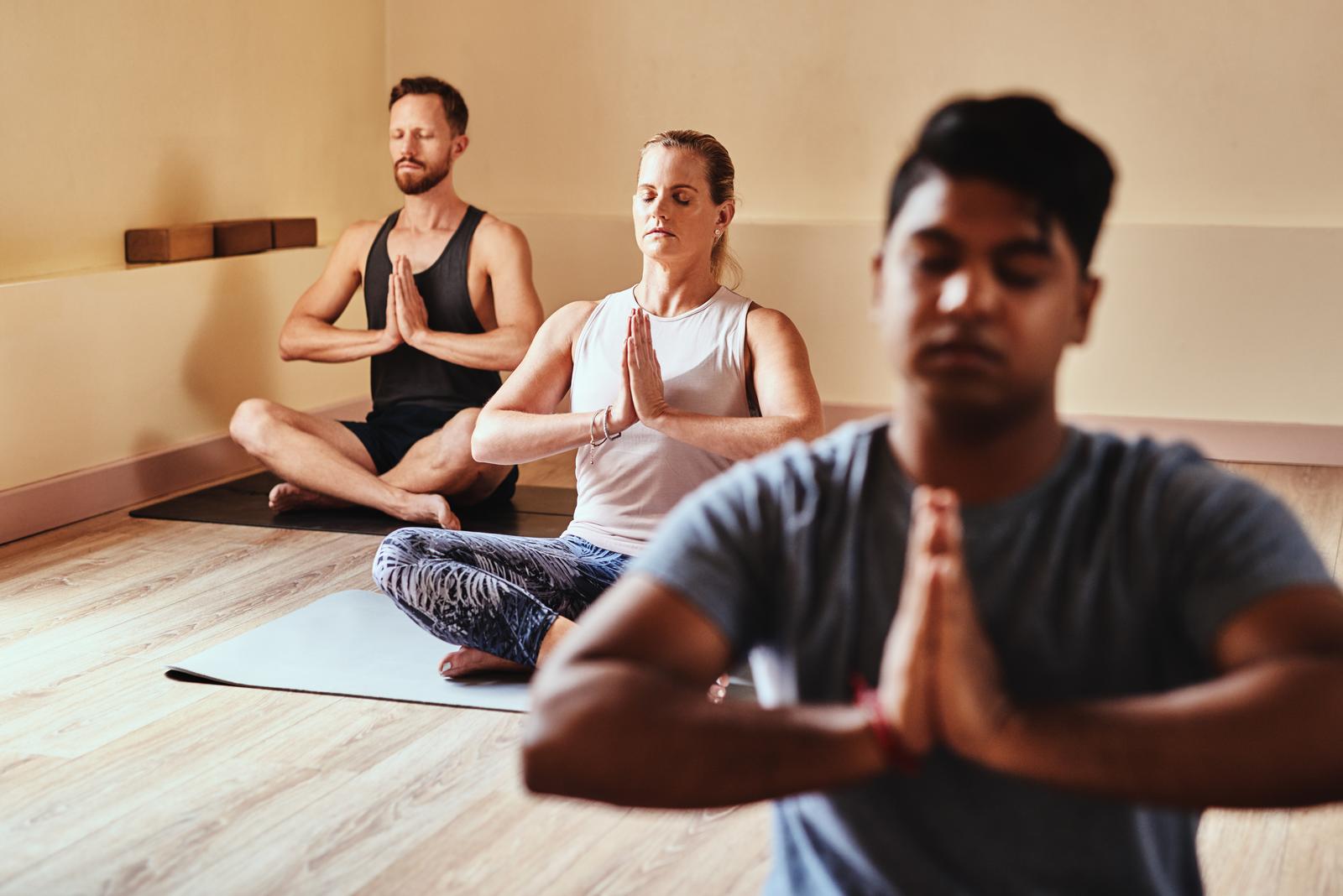
In recent years, the popularity of yoga has skyrocketed as an increasing number of individuals are striving to maintain a well-balanced and healthy lifestyle. According to Wikipedia, nearly 36 million people in the United States alone practice the art daily, making it one of the most popular forms of physical activity. It is no surprise that it is gaining momentum in the West, with its focus on mindfulness, breathing, and movement. This ancient art offers a holistic approach to health, promoting emotional, physical, mental, and spiritual harmony.
Maintaining a well-balanced lifestyle can appear to be an intimidating challenge, with so many factors vying for our attention every day. There’s work, family, relationships, physical fitness, nutrition, and rest to consider. However, yoga offers a practical and achievable way to harmonize all these aspects of life. The technique has been around for centuries, with origins in ancient India. The popularity has now spread globally, where it is used for different reasons, including stress relief, physical fitness, and spiritual growth.
An essential part of this ancient art is achieving harmony in all areas of life. It promotes a holistic approach to wellbeing, highlighting the interconnection between the physical, mental, and emotional aspects of our being. When we achieve harmony in these areas, life becomes more enjoyable, and our overall health and wellness improve. In this post, we will explore the advantages for how it can harmonize your life and highlight how you achieve more balance.
Benefits Of Practicing Yoga Taught Meditation For Finding Balance In Life
This amazing discipline offers a wide range of benefits for overall wellness, including reducing stress, managing anxiety, improving sleep quality, boosting memory, increasing flexibility and strength, and reducing mental stress. But how does it promote harmony? Here are some of the ways it helps achieve harmony:
1. Emotional Balance

Yoga promotes emotional harmony by teaching us how to focus on our breath while performing various postures. By focusing on our breath and movements, we become more aware of our body and its sensations. It also encourages relaxation through specific breathing exercises such as pranayama, which slows down the heart rate and calms the nervous system. These factors help us respond positively to stressors, reduce anxiety, and enhance emotional well-being.
At its core, it’s about mind control and the connection with the body. It can be an effective way to cultivate awareness, reduce stress, and promote emotional regulation. By participating regularly, individuals can experience a range of mental and emotional advantages that can improve their overall well-being.
Studies have shown that regular practice can decrease symptoms of anxiety and depression. A 2018 study published in Alternative and Complementary Medicine found that it was effective in reducing symptoms of anxiety and depression in individuals who were undergoing treatment for cancer. Another study published in Psychiatric Practice found that it was as effective as cognitive behavioral therapy in reducing symptoms of depression.
It has also been shown to improve emotional regulation. A 2012 study published in Alternative and Complementary Medicine found that it was effective in reducing emotional reactivity and improving emotion regulation in individuals with anxiety disorders.
In addition to these mental health gains, it has also been shown to improve overall well-being. A 2016 study published in Alternative and Complementary Medicine found that regular participation was associated with decreased levels of stress and improved quality of life in individuals with chronic pain. It has also been shown to improve flexibility, balance, and strength, making it an ideal form of exercise for individuals who are looking to enhance their physical health.
One of the most powerful aspects is its ability to connect individuals with their bodies and promote self-awareness. By participating regularly, individuals can gain a deeper understanding of their physical and emotional needs, and learn to respond to them in a more compassionate way.
2. Mental Harmony
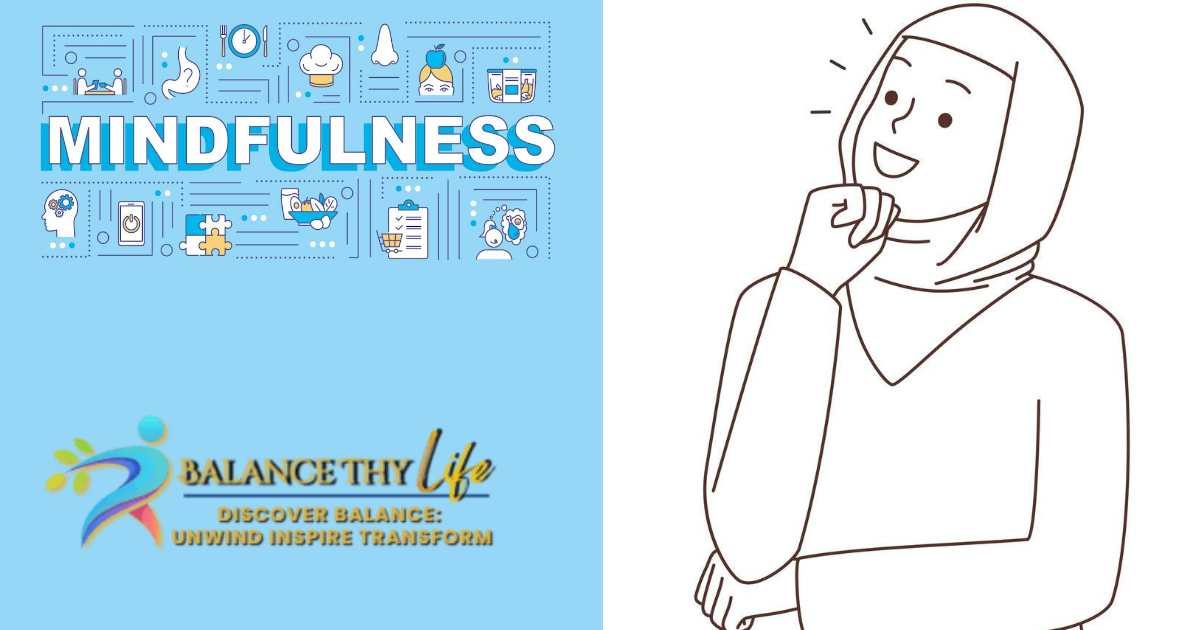
One of the key teachings involves mental relaxation. It means being present and fully engaged in the present moment. By cultivating mind awareness, we can become more aware of our thoughts, emotions, and physical sensations. This awareness promotes mental harmony by helping us manage stress, anxiety, and negative thinking patterns. Mind calming techniques and other holistic methods also help develop attention, focus, and deepen mental clarity, leading to better decision-making and cognitive function.
Yoga practice and mind quieting techniques are ancient arts that have been revered for their positive impact on mental health. While it is a physical activity that involves moving the body through various postures, mind control is the art of being present and fully engaged in the current moment. The connection between this healing art and quieting the mind in overcoming anxiety and depression and increasing happiness lies in the ability to calm the mind and help individuals become more self-aware. In this blog post, we will explore the science that supports this connection and provide actionable steps for readers to incorporate these disciplines into our daily routines.
The Science
Research has shown that calming the mind can have significant positive effects on mental health. A study conducted by Harvard Health found that it can lower cortisol levels, which is the hormone responsible for stress. Cortisol levels are often elevated in individuals who suffer from anxiety and depression, so this decrease in cortisol can alleviate these symptoms. In addition to this, it has been shown to increase GABA levels in the brain, which is a neurotransmitter that helps regulate mood and anxiety. This increase in GABA levels can help reduce feelings of anxiety and depression.
A calm mind, on the other hand, has been found to positively impact brain function. A study conducted by the University of California found that individuals who experienced thought relaxation had increased grey matter in areas of the brain associated with emotion regulation and perspective-taking. This increase in grey matter can help individuals better manage their emotions and feelings of anxiety and depression.
The Techniques and Strategies
When it comes to practicing mind control for anxiety and depression, there are a variety of techniques and strategies that can be used. One strategy is to focus on the breath. By experiencing deep breathing, individuals can calm the mind and reduce feelings of anxiety. This can be done through simple breathing exercises, such as counting to four while inhaling and exhaling. Additionally, using postures that focus on the breath, such as alternate nostril breathing, can help individuals become more aware of their breathing and reduce feelings of stress and anxiety.
Another strategy is to use visualization. By visualizing positive scenarios or images, individuals can change their thought patterns and reduce feelings of anxiety and depression. This can be done through guided hypnosis or simply through visualizing a calming scene, such as a beach or a forest. Incorporating imagery into your routine, such as imagining a sunflower growing tall as you inhale during Warrior II pose, can also help individuals focus their thoughts and become more aware.
Lastly, focusing on self-compassion and gratitude can help alleviate symptoms of anxiety and depression. By acknowledging and accepting one’s feelings and experience without judgment, individuals can reduce feelings of shame and guilt. Additionally, focusing on gratitude and using acts of kindness can increase positive emotions, which can help reduce feelings of anxiety and depression.
Actionable Steps
Incorporating conscious enlightenment into your daily routine can seem daunting, but starting with small steps can make a significant difference. One simple action step is to set aside five minutes every day for awareness breathing. Using a simple breathing exercise or using a guided relaxation app can help individuals become more self-aware and reduce feelings of anxiety and depression.
Another action step is to incorporate it into daily activities. This can be done through attending a class or incorporating simple postures into a daily routine. By doing it every day, individuals can become more self-aware and increase their physical and mental flexibility.
Lastly, incorporating gratitude into daily life can have a profound impact on mental health. One action step is to use daily gratitude journaling. By writing down a few things every day that one is thankful for, individuals can increase positive emotions and reduce feelings of anxiety and depression.
3. Physical Balance
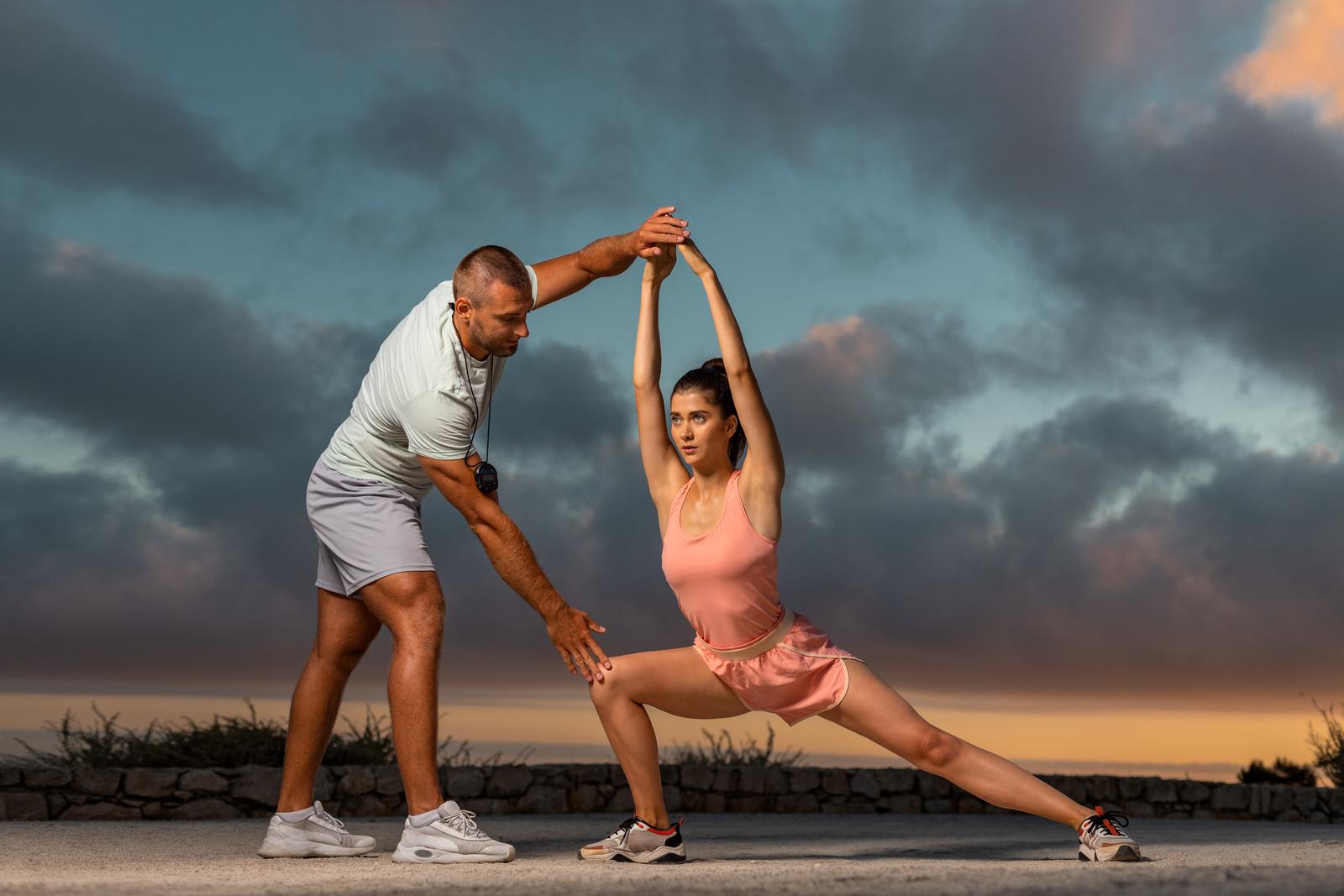
Yoga is an excellent form of exercise that promotes physical harmony by combining strength, flexibility, and endurance. The postures, also known as asanas, work on different muscle groups, helping to improve strength and flexibility. These postures also focus on alignment, balance, and stability, leading to better posture and body mechanics. This physical skill translates to better movement quality and reduced risk of injury.
Yoga is an ancient art that has been shown to provide a plethora of gains for overall health and well-being. It involves a combination of physical postures, breathing techniques, and mind calming techniques that help to improve flexibility, strength, and balance, as well as reduce stress and improve mental clarity.
One of the significant advantages of regular participation is improved body mechanics. Body mechanics refer to the way in which your body moves and functions as you go about your daily activities. This can include things such as posture, balance, flexibility, and coordination. When your body mechanics are optimal, you are less prone to injury, chronic pain, and other health problems associated with poor movement patterns.
It is an excellent way to improve your body mechanics and overall physical function, regardless of your age or fitness level. Here are some specific ways that it helps improve body mechanics:
1. Improved posture – One of the main advantages is that it helps to improve posture. Many poses require you to maintain a straight spine, engage your core muscles, and align your body correctly. This can help to reduce the risk of back pain and other posture-related problems.
2. Increased flexibility – Postures also help to improve flexibility, which is essential for maintaining proper body mechanics. As you perform poses, you stretch your muscles and improve your range of motion, making it easier to move your body correctly during daily activities.
3. Enhance balance – The discipline also focuses on exercises, which can help to improve overall body mechanics. By practicing poses regularly, you can train your body to better control and stabilize your movements, reducing the risk of falls and improving coordination.
4. Better breathing – Finally, it emphasizes breathing techniques that can help to improve lung capacity and oxygenation throughout the body. This can result in more efficient movement patterns and better overall physical function.
Scientific research has supported the results for improved body mechanics. A study published in Bodywork and Movement Therapies found that participants who practiced for eight weeks showed significant improvements in posture, balance, and flexibility. Another study published in the International Journal of Yoga Therapy found that it can help to improve gait (the way you walk) in older adults.
4. Spirituality And Living A Balanced Life with Yoga Practice

It is a spiritual art that promotes spiritual harmony by fostering self-awareness and self-realization. By exploring the deeper aspects of our being, we can connect with our true nature and purpose. It encourages compassion, empathy, and kindness, leading to a more fulfilling and spiritually satisfying life.
Spirituality is the underlying foundation of the art, and it is one of the fundamental principles of the discipline. It teaches us to connect to our inner selves, to our breath, and to the present moment. It fosters an internal environment where we can connect with a higher power or purpose and explore the nature of our existence. The spiritual principles of the art are deeply interconnected with the physical and mental components of the discipline.
The art focuses on three key principles: asana (physical postures), pranayama (breathing), and mind quieting skills. Asana is the physical movement that involves specific postures to increase flexibility and strength. These physical exercises help release tension in the body and promote circulation, reducing stress and creating a sense of calm.
Pranayama is the skill of controlling the breath, which helps to improve concentration, reduce stress, and quiet the mind. The breath is the link between the physical and spiritual aspects and with each breath, we can connect to our inner selves and find a sense of inner peace.
Meditation is the skill of quieting the mind and focusing on the present moment. It is a discipline of introspection, self-awareness, and reflection that creates space for spiritual growth and inner transformation. By calming the mind, we can develop spiritual awareness, reduce stress, and cultivate a sense of inner stillness.
The integration of these key principles helps to create a sense of spiritual harmony within ourselves. By connecting to our breath, quieting our mind, and looking inward, we can cultivate a deeper understanding and awareness of our inner selves. This helps to reduce stress, anxiety, and mental clutter, creating a sense of calm and inner peace.
Incorporating yoga into your daily routine can help you achieve spiritual harmony, a relax mind, and inner growth.
The Art Of Living A Balanced Life With Yoga
It offers a practical and achievable way to harmony all aspects of our lives. Here are some of the ways it can help you achieve more equilibrium in life:
1. Time Management
One of the most significant factors that can throw us off balance is poor time management. Yogi’s will teach us to prioritize our time and focus on the most important aspects of our lives. By participating regularly, you learn to make time for it, which helps you manage your time more effectively. This improves your ability to balance work, family, relationships, and personal time.
2. Emotional Regulation
Yoga teaches us how to regulate our emotions and respond positively to stressors. By participating regularly, you learn to listen to your body and respond to its needs. You will develop a greater sense of self-awareness, leading to better emotional regulation. This helps to reduce feelings of anxiety, overwhelm, and burnout, leading to a more fulfilling life.
3. Better Sleep
Yoga promotes better sleep quality by reducing stress and anxiety. Through consistent use, you acquire the skill of calming both your mind and body, ultimately improving the quality of your sleep. Quality sleep helps to boost your energy levels, enhance your mood, and improve your overall health and wellbeing.
4. Balanced Nutrition
Yoga helps promote a mindful and holistic approach to nutrition by encouraging you to listen to your body’s needs. With consistency, you develop a heightened sense of the impact various foods have on your physical and mental well-being. This leads to better nutritional choices, which contributes to a healthier life.
Conclusion
In conclusion, yoga offers a holistic approach by promoting emotional, mental, physical, and spiritual harmony. This age-old custom provides workable and feasible techniques to assist you in attaining a more cohesive existence. By prioritizing your practice and developing self-awareness, you can learn how to manage your time, regulate your emotions, sleep better, and make healthier choices.
Life Balance, Mindfulness Free 10 Part Video Course
If you want to learn more about improving your life and how to achieve a harmonious life, enroll in our free Balanced Wheel Health course today. The course includes 15 videos, 20 audiobooks, and several eBooks, all available at no cost, to provide you with a thorough comprehension of the knowledge about leading a well-balanced lifestyle..
Remember a life of harmony is achievable goal, and this course offers a practical way to help you realize that outcome. Let this course be your personal yogi element. So before you put your mat away and say “I’m going to skip my Yoga, and forego a happy life, close your eyes, use your intuition, feel your life force, feel your insight and day today I want to take action. I need to change to improve my body and mind, I won’t be influenced by non healthy foods. I want to stay on course because it’s important to remember I can change my reality and tackle all challenges big or small and improve my body as well as my mind by finding harmony.
A definition of balance is the word harmony. Pick the month and year that you’d like to be in harmony with the world. Just a tip your journey can start right now. Who would not want harmony and happiness and good health? Join today. https://balancedwheelhealth.com
